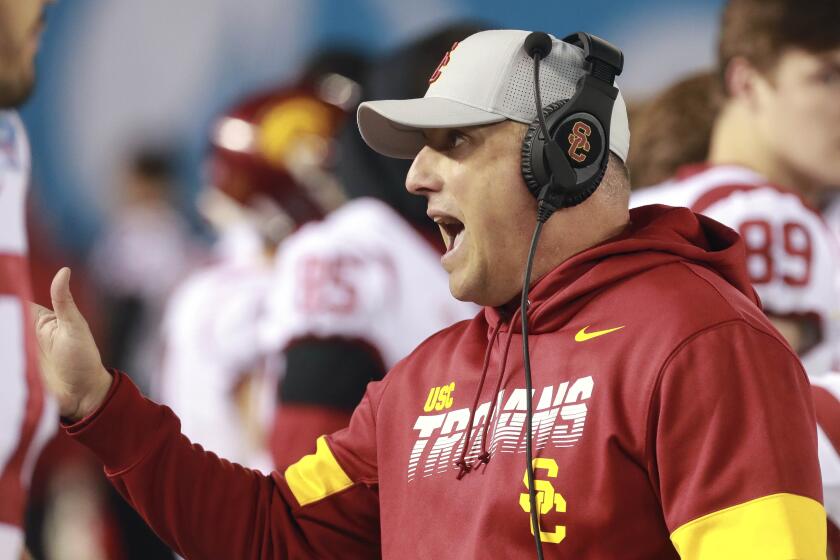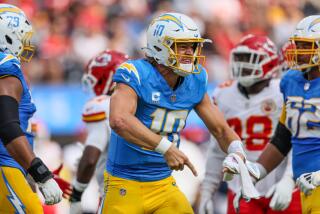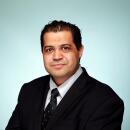Repercussions of billionaires’ shortsightedness haunt Chargers’ old San Diego home
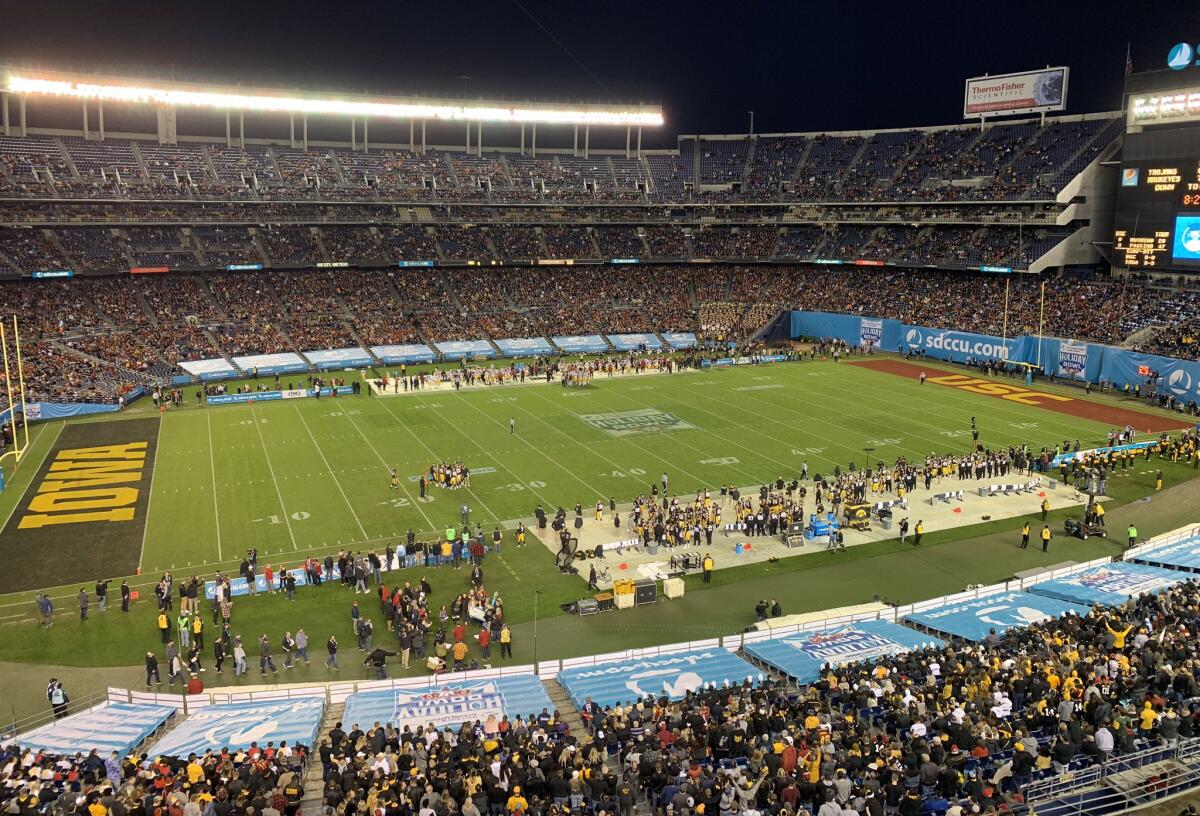
- Share via
SAN DIEGO — I drove to this city on Friday to say goodbye to an old friend.
While the name on the outside had changed, the inside remained mostly the same since my initial visit almost 25 years ago.
I first went to Jack Murphy Stadium in 1995 after Los Angeles lost the Raiders and Rams. My father used their departure as an excuse to make an annual trip down to San Diego for a Chargers home game. We went to see the Chargers play the Dallas Cowboys that first year, and it didn’t take me long to fall in love with “The Murph,” which was later renamed Qualcomm Stadium.
My expectations weren’t high as when I was a kid. As long as I had my dad, a hot dog and a decent view of the game, I was happy.
We couldn’t afford to go to the biggest games, but we did make a trip down to check out the NFL Experience and other fan events when the Super Bowl came to San Diego in 1998 and 2003 and walked around the Gaslamp Quarter before the 1998 World Series.
No city shines quite as bright as San Diego when it comes to hosting events. It’s not hard with Coronado Island, Pacific Beach, La Jolla Cove, Seaport Village, Balboa Park, San Diego Bay, Torrey Pines and so many other locales providing the most breathtaking backdrops available on the planet.
Visitors don’t just leave happy; they wonder why the event they just attended isn’t held in San Diego every year.
Clay Helton vows to ‘evaluate everything’ after Holiday Bowl loss to Iowa, but the football program’s most glaring issue still hasn’t been fixed.
Friday’s Holiday Bowl wasn’t the last event held at what is now called SDCCU Stadium. It will serve as the home of San Diego State football for at least the next two seasons as the university inches closer to purchasing and redeveloping the stadium site.
The university hopes to break ground on a new stadium before the end of next year with an eye toward constructing a new 35,000-seat home for the Aztecs to be ready in time for the 2022 season. The university would then demolish the 55-year-old stadium and continue developing the 135-acre property.
The Holiday Bowl will continue, but Friday was the last of its current arrangement with the Pac-12 and Big Ten where it hosted USC and Iowa, the third-place teams from each conference.
Beginning next year, the Holiday Bowl will host a Pac-12 and ACC team but move down the pecking order as the Las Vegas Bowl will move into the new $2-billion Allegiant Stadium, the future home of the Las Vegas Raiders, while Los Angeles will also get a new bowl game to be played at the new $5-billion SoFi Stadium, the future home of the Rams and Chargers. Both stadiums are slated to open in July.
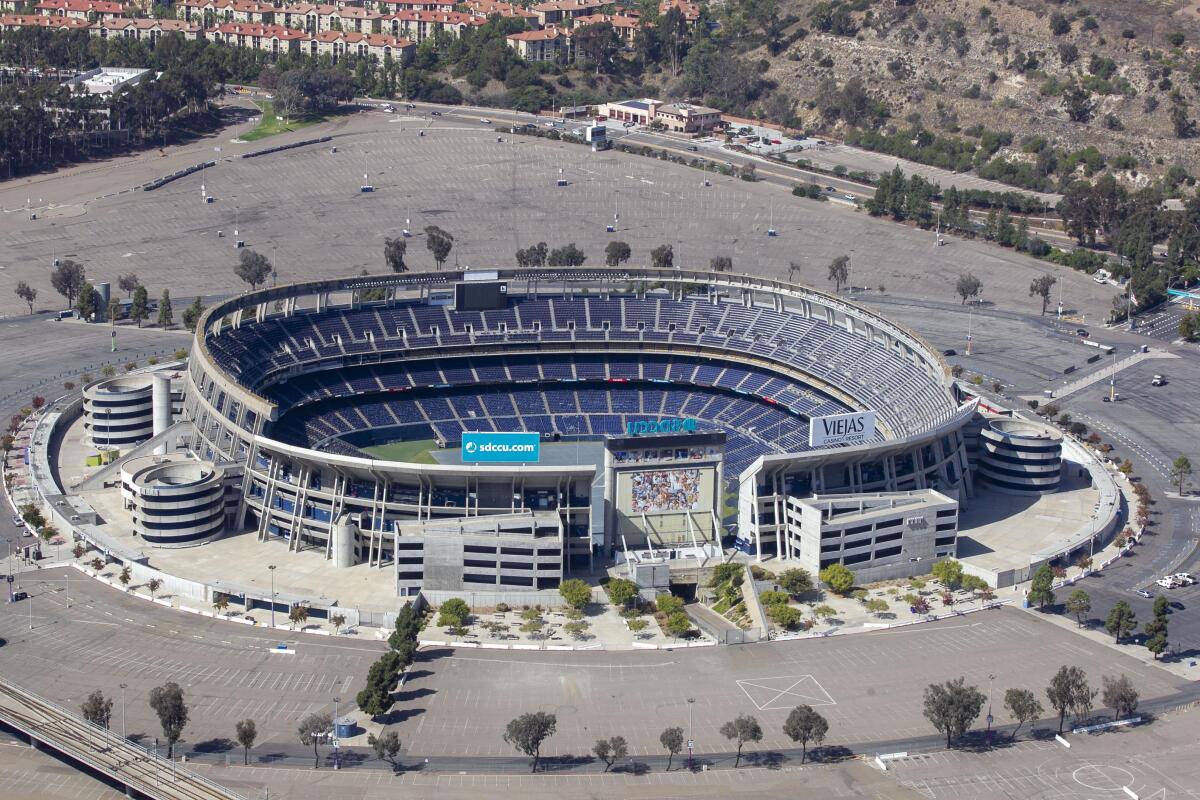
San Diego should have been opening a new stadium next year. It should still be the home of the Chargers.
“America’s Finest City” deserved to be the home of one of America’s finest sports venues. It wouldn’t have just served as the home of the Chargers but future Super Bowls, College Football Playoff national championships and even the Final Four if it was covered like the stadiums being built in Los Angeles and Las Vegas.
There’s plenty of blame to go around for why that never happened, but ultimately the NFL owners approved the Chargers’ relocation to Los Angeles.
It was a short-sighted decision fueled more by greed than sense. The NFL owners made their vote on San Diego’s NFL future in a Houston hotel ballroom. They should have done it at the Hotel del Coronado after a sunset dinner at Eddie V’s and asked themselves if they really wanted to give up on this city in order to shoehorn another team into Los Angeles.
There must have been a way for a room full of billionaires to find a way to finance a stadium that could have served as the league’s home away from home. It could have hosted the Super Bowl and NFL draft on a regular basis and served as the new home of the Pro Bowl and NFL Combine.
With all due respect to Orlando and Indianapolis, most players and team executives would take that locale trade in a heartbeat.

The league will tell you that would have set a bad precedent for other cities seeking a similar arrangement, but San Diego isn’t just any city, and this wouldn’t have been just any stadium. I’m not saying it would have been easy to pull off. It needed some creative thinking from motivated visionaries who valued San Diego, but no one fitting that description was apparently in the room.
Walking around SDCCU Stadium on Friday night was a sad reminder of what could have been and what has become of the stadium I loved going to with my dad.
Most every mention of the Chargers has been removed or painted over while the rusted seats and outdated scoreboard await the upcoming demolition. It’s a fate long overdue for a stadium that was neglected by the city and its tenants for far too long.
San Diego deserved better than what has become of its stadium and the team that abandoned its home.
More to Read
Go beyond the scoreboard
Get the latest on L.A.'s teams in the daily Sports Report newsletter.
You may occasionally receive promotional content from the Los Angeles Times.
